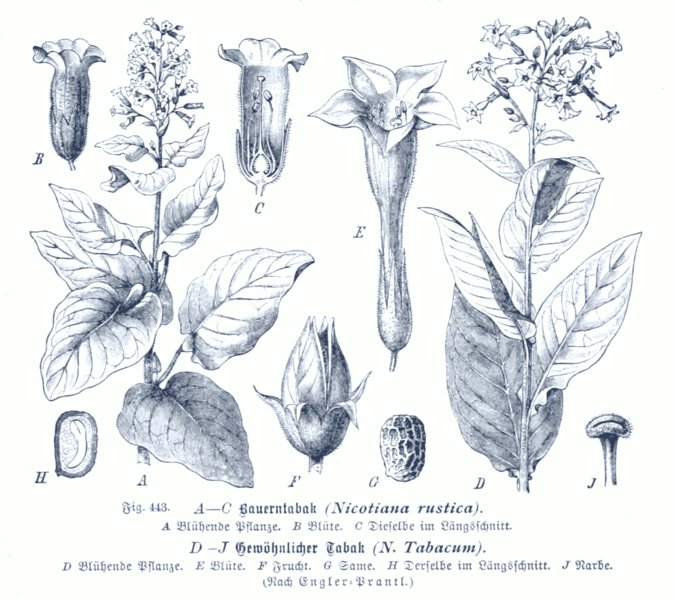 Bones and Seeds - Examining the faunal and botanical remains at Wingo's
Bones and Seeds - Examining the faunal and botanical remains at Wingo's
Download Lesson Plan (PDF)
Grades/Level: Middle School (7-9), High School (9-12)
Subjects: Science, Social Studies, Language Arts, Math, Statistics
Time Requirement: 90 minutes homework: Short expository post-activity writing.
Overview: The study of animal bones provides valuable information about diet and the production and collection of food. The data provided for this exercise were collected through careful excavation and presented in reports from specialists in faunal remains (zooarchaeologists) and botanical remains (paleoethnobotanists).
Students are asked to complete two exercises:
Pre-writing: How do archaeologists gather information?
Activity: Students will make and discuss a list of ways in which archaeologists gather information.
Post-writing: Students will write a report explaining the archaeological findings. They will use information from the data provided, as well as the research book, using the common names for animals and plants.
Learning Objectives:
Students will learn how to synthesize different sources of evidence to answer questions about the foods eaten by the enslaved people at the Wingo's site. Students will also become familiar with scientific language and summarizing statistical results with graphs and text.
The lesson:
Collaborating in small groups, students will discuss the evidence and write a report on the challenges and possibilities that enslaved people faced in acquiring food to feed themselves and their families and preparing meals at Wingo's.
Note: To manipulate the data students can download the data from the link along with the brief data description. Or they can simply cut and paste the data from the web page into a spreadsheet.
Transition:
Exercise 1.
The students should visit the two pages showing faunal and botanical data. Ask them to use the controls on the page to sort and filter the content.
HOOK: This is real and complete data from an archaeology site. Ask the students to think about the challenges they might face in digging up and identifying the bones. How would they find and save seeds? What tools would they need to identify the bones and the seeds?
Students should build their report section by section and also use the research book.
- The site section can be written by reviewing web pages from other parts of the website
- For the Botanicals section use the data to write a summary that includes the following:
- What types of plants were represented? Produce a summary table by category.
- What were some of the most common edible plants found at the site?
- What were some of the rarer plants?
- Where do these plants grow?
- For the Faunal section use the data to write a summary that includes the following:
- What species of animals were represented?
- What were some of the most common species of animal found at the site (by count)?
- What were some of the rarer animals (by count)?
- What types of bones were most commonly seen? Why might this be the case?
- How might people have acquired some of these animals?
- Which animals might they have preferred to eat – domestic or wild? Why?
- Can you think of other reasons why people might have used these animals besides food?
- The conclusion section should make some observations on what was common, uncommon or surprising about the findings. Ask the students to empathize with the enslaved people at Wingo's. How easy was it for them to provide for themselves and their families?
Exercise 2.
Students should go to the "Exploring the landscape for food" game page and follow instructions.
HOOK: This is an interactive game that students can play multiple times. There are random elements that will change outcomes each time. Students should be challenged to finish the meals in the shortest number of days, but should be asked to reflect on the difficulties involved.
Collaborating in small groups, ask the students to discuss and write a brief summary of the game. They should be able to cut and paste the results of the game from the text beneath the map. Ask the students to empathize with the enslaved people at Wingo's. How easy was it for them to provide for themselves and their families? What would be the effect of different seasons. What else could go wrong for the familes at Wingo's?
Other Materials:
- Resource Book
- Notes on Historic Microbotanical and Faunal Remains
- Database metadata (explanation of fields)
- Trigg, Heather and Henderson, Samantha. 2012. Report on the Paleoethnobotanical Materials from Wingo's Site (44BE0298). Andrew Fiske Center for Archaeological Research University of Massachusetts Boston.
- Raymer, Leslie A. 2003. Archaeobotanical Analysis from Data Recovery Excavations at the North Hill and Quarter Sites, Jefferson's Poplar Forest: A Study of Enslaved African-American Subsistence Patterns. New South Associates Technical Report #781. Stone Mountain, Georgia.
- Hatch, D. Brad., 2011. A Report on the Faunal Remains from Wingo's Quarter, Bedford County, Virginia. Ms. on file, Department of Anthropology, University of Tennessee, Knoxville



